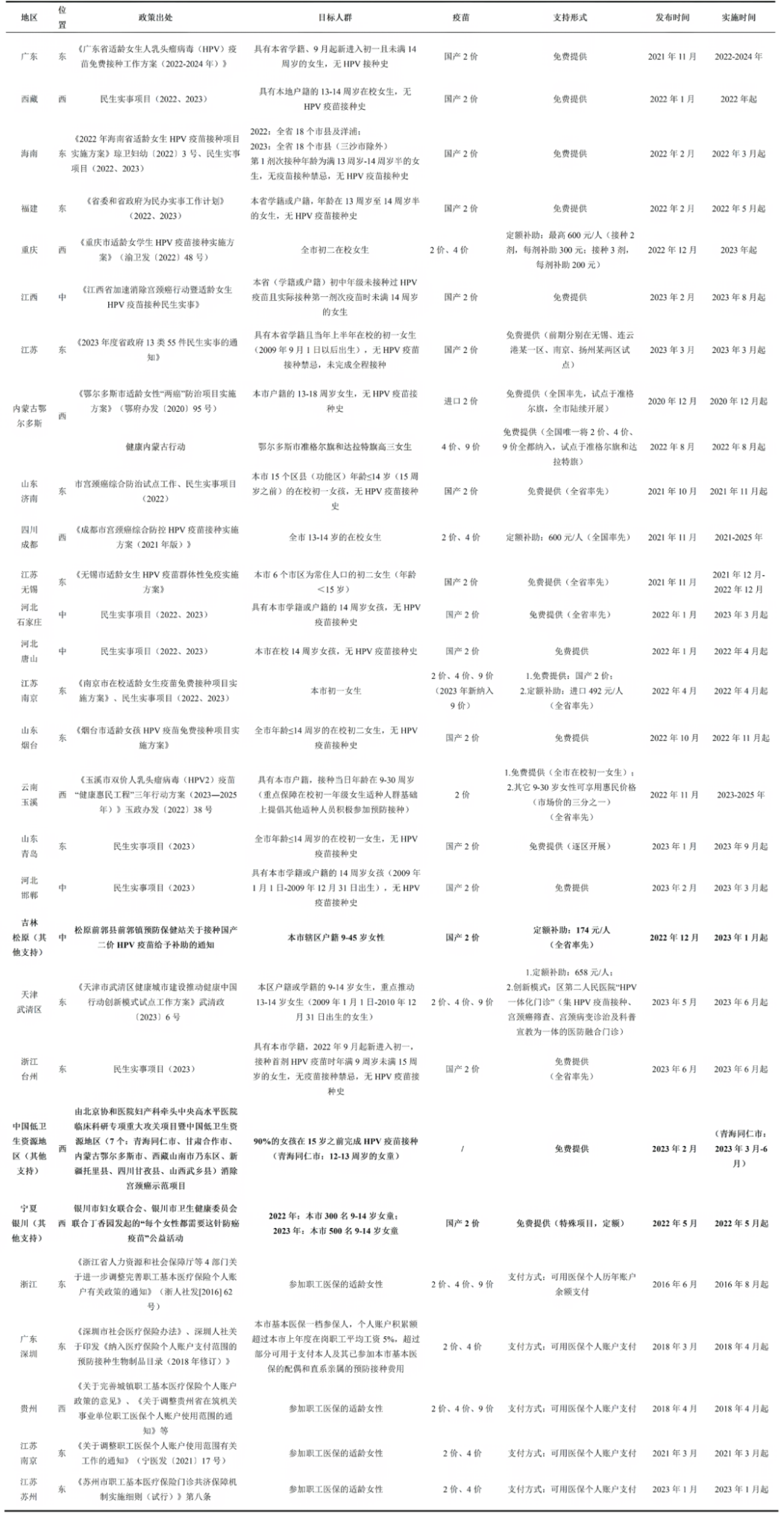Journal Article Recommendation
01
Active vaccine safety surveillance in low- and middle-income countries: Challenges for vaccine manufacturers from emerging countries
This study, published in Vaccine, focuses on the real-world challenges and feasible pathways for implementing active vaccine safety surveillance (AVSS) in low- and middle-income countries (LMICs). The large-scale deployment of new vaccines during the COVID-19 pandemic exposed the limitations of traditional passive surveillance systems in terms of signal detection timeliness and sensitivity, highlighting the critical role of establishing AVSS systems to enhance the safety oversight of vaccines throughout their entire life cycle. To address this, the Developing Countries Vaccine Manufacturers Network (DCVMN) innovatively launched a “Learning-by-Doing” project, which was carried out in four phases: advocacy and mobilization, needs assessment, protocol design workshops (drafting agreements), and expert review, to systematically enhance the active surveillance capacity building of marketing authorization holders (MAHs) in emerging markets.
Based on multi-stakeholders’implementation experience, the study identified four main challenges: First, data availability—real-time, high-quality safety data acquisition relies on efficient information-sharing mechanisms between national regulatory authorities (NRAs) and companies; second, regulatory coordination—study protocol design needs to reach consensus with NRAs and immunization programs in advance to ensure compliance with national regulatory requirements; third, organizational collaboration efficiency—cross-departmental collaboration frameworks (research and development, registration, pharmacovigilance) need to be established; and fourth, weak data foundations—lack of local population background incidence data and operational guidelines, leading to difficulties in sample size estimation and method selection. Despite multiple constraints such as budget, technology, and regulations, participating companies significantly enhanced their AVSS protocol design capabilities through this project, laying the foundation for systematically incorporating active surveillance requirements into risk management plans (RMPs).
The study emphasizes that AVSS can not only detect safety signals not being identified during prequalification but also strengthen passive surveillance, serving as an important supplement to vaccine safety regulatory systems. Future recommendations suggest that vaccine manufacturers in LMICs should plan for AVSS early in vaccine development, collaborate with NRAs to develop localized construction plans, cultivate interdisciplinary teams, and integrate AVSS into quality management systems to promote the global goal of vaccine equity and safety monitoring.
https://doi.org/10.1016/j.vaccine.2025.126727
02
Lower risk of dementia with AS01-adjuvanted vaccination against shingles and respiratory syncytial virus infections
This study, published in npj Vaccines, conducted a large-scale retrospective cohort study using the US TriNetX electronic health database to systematically assess the association between AS01-adjuvanted vaccines—Shingrix (herpes zoster vaccine) and Arexvy (respiratory syncytial virus vaccine)—and the risk of dementia. The study included 436,788 adults aged 60 and older, comparing the incidence of dementia over 18 months between those who received AS01-adjuvanted vaccines alone or in combination and those who received only influenza vaccines during the same period.
Results showed that compared to the influenza vaccine group, the risk of dementia was reduced by 29 % in the group that received the RSV (Arexvy) vaccine alone (RMTL = 0.71, 95 % CI: 0.61–0.83), by 18 % in the Shingrix group (RMTL = 0.82, 95 % CI: 0.74–0.91), and by 37 % in the group that received both vaccines (RMTL = 0.63, 95 % CI: 0.55–0.72). The study validated the robustness of the results by setting up positive controls (herpes zoster incidence) and negative controls (emergency department visits for acute pain unrelated to dementia), and found no significant moderating effect of sex on the primary outcome.
The study suggests that the AS01 adjuvant (containing monophosphoryl lipid A and QS-21) may exert neuroprotective effects through the following pathways: (1) enhancing innate immune responses; (2) inducing interferon-γ (IFN-γ) expression to modulate neuroinflammatory responses; and (3) reducing β-amyloid deposition to improve Alzheimer’s disease pathology. Notably, there was no statistical difference in the dementia prevention effect between the two AS01-adjuvanted vaccines, suggesting that the AS01 adjuvant itself may have neuroprotective effects independent of the antigen.
This study is the first to compare AS01-adjuvanted vaccines with non-adjuvanted vaccines, demonstrating that the AS01 adjuvant component may reduce the risk of dementia through immune modulation mechanisms. This finding highlights the need for further exploration of the protective potential of vaccine adjuvants in the prevention of neurodegenerative diseases.
*The RMTL (Restricted Mean Time Lost) ratio is a measure of effect size in survival analysis, used to quantify the difference in survival time between two groups over a specific time period.*
https://doi.org/10.1038/s41541-025-01172-3
03
How to solve sandwich generation’s conundrum on vaccination decisions for self, children, and parents? An empirical analysis by integrating social cognitive and social influence perspectives
This study, published in the Journal of Health Psychology, empirically analyzed the psychological mechanisms and behavioral patterns of China’s “sandwich generation” (middle-aged individuals with dual responsibilities of raising children and caring for elderly parents) in vaccine decision-making, using social cognitive theory and social influence theory as frameworks. The research focused on cognitive differences in vaccination decisions for themselves, their children, and their parents, and explored the moderating roles of compliance and conformity as types of social influence. Employing a cross-sectional design, the study collected 590 questionnaires via an online platform (with 545 valid samples) and used structural equation modeling to analyze the roles of compliance and conformity in shaping vaccination intentions.
Results indicated that perceptions of vaccine safety, efficacy, and trustworthiness were core predictors of vaccination intentions. Under high compliance pressure, the sandwich generation was more inclined to prioritize vaccination for themselves and their parents, with relatively lower intentions for vaccinating their children. Conformity behavior was found to attenuate the impact of self-efficacy on vaccination decisions across all three groups. Further analysis revealed that this moderating effect was culturally bounded, being more pronounced in “tight” societies that emphasize collectivism.
The study recommends that vaccination interventions targeting the sandwich generation should enhance vaccine knowledge dissemination while identifying and mitigating negative social influences. Special attention should be paid to how social norms and others’ opinions shape risk perceptions and choice preferences in multigenerational family decision-making. This research provides new insights into understanding vaccination behavior within family units and suggests optimizing communication strategies and social support mechanisms to increase vaccination rates.
https://doi.org/10.1177/13591053251346381
04
Papillomavirus Vaccination Programs and Knowledge Gaps as Barriers to Implementation: A Systematic Review
This study, published in Vaccines, conducted a systematic review following the PRISMA guidelines to identify the main barriers to human papillomavirus (HPV) vaccination globally, with a focus on knowledge gaps and differences in implementation between high-income and low- and middle-income countries. The study included eight original studies from the past decade, covering North America, Africa, and Oceania, and included both observational studies and randomized controlled trials. The study subjects were primary care providers, health workers, and target vaccination populations.
Results showed that the main barriers to HPV vaccination are multidimensional: the primary obstacle is the widespread lack of knowledge about HPV vaccines among the public and healthcare providers. Other barriers include religious and cultural factors, limited vaccine accessibility in rural and resource-poor areas, economic constraints, and insufficient government support. At the political level, the lack of vaccination policies and low government prioritization further exacerbates coverage inequalities. In low- and middle-income countries, fragile supply chains, inadequate cold-chain systems, and limited health system capacity are particularly prominent, severely restricting vaccine coverage. Additionally, vaccination intentions in various countries are influenced by gender norms, health literacy, community trust levels, and medical recommendations. Studies have shown that improving healthcare providers’ knowledge of vaccines and their willingness to recommend them can help increase vaccination intentions and rates among target populations.
The study recommends a three-pronged approach to increase vaccination coverage: (1) Strengthen health education and culturally adapted campaigns, particularly targeting marginalized populations (such as rural areas) with precise interventions; (2) Enhance the training and recommendation capabilities of primary health care workers to activate the driving force of frontline medical personnel; (3) Strengthen vaccine supply chains and health system infrastructure through government-led and international cooperation efforts. Incorporating HPV vaccines into cervical cancer prevention and primary health care services is a key pathway to achieving the World Health Organization’s global goal of “eliminating cervical cancer.”
https://doi.org/10.3390/vaccines13050460
05
Incentives in immunisation campaigns in low- and middle-income countries: a scoping review mapping evidence on effectiveness and unintended consequences
This study, published in BMJ Global Health, systematically reviewed and compared the implementation effects of immunization incentive measures in low- and middle-income countries (LMICs) from 2000 to 2024, analyzing their unintended effects and implementation challenges. Using a scoping review method, the study included 40 studies from 19 countries/regions, with 31 studies employing randomized controlled trials (n=17) or quasi-experimental designs (n=14) to systematically evaluate intervention effects, with the primary outcome being changes in immunization rates.
The study found that financial incentives, particularly conditional cash transfers (e.g., cash rewards for completing vaccinations), effectively increased child immunization rates in the short term. Non-financial incentives, such as food subsidies and mobile phone credits, also showed some positive effects. However, intervention effects varied significantly across different incentive forms and regional contexts, though generally trending positively. The study identified several unintended effects of incentives: first, an “intrinsic motivation crowding-out effect,” where vaccination intentions dropped by 5% to 11% in some groups after incentives were discontinued. Second, payment expectation solidification could lead to community dependence on ongoing rewards. Additionally, poorly designed incentives might weaken volunteer service systems and even affect public trust in the health system.
The conclusion highlights that incentives can serve as a tool for short-term immunization rate increases in LMICs, but their effectiveness is significantly influenced by implementation contexts and design, with potential unintended effects (including but not limited to negative impacts such as motivation crowding-out). Future project designs should (1) involve community co-creation; (2) consider locally acceptable non-monetary alternatives; (3) incorporate strategies to maintain intrinsic motivation; and (4) establish monitoring systems for unintended effects to ensure sustainable implementation.
*Conditional Cash Transfers (CCT) are social interventions based on behavioral contracts that provide targeted cash transfers to eligible groups in exchange for verifiable compliance with conditions (such as the use of preventive health care and educational participation) to achieve dual goals of human capital accumulation and breaking the intergenerational cycle of poverty.*
https://doi.org/10.1136/bmjgh-2025-019662
Content Editor: Tianyi Deng
Page Editor: Ruitong Li





